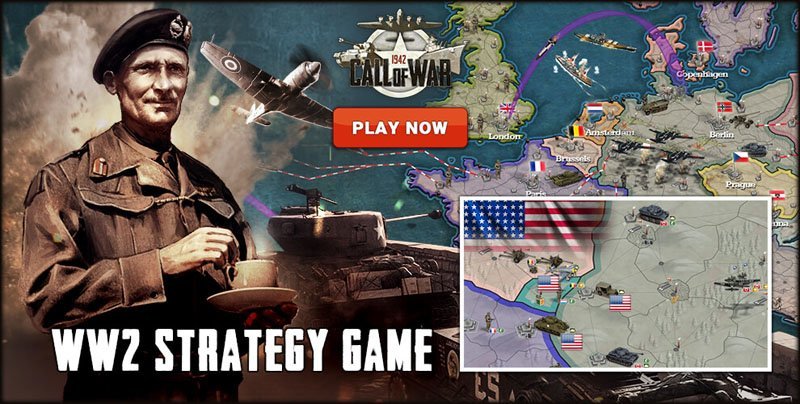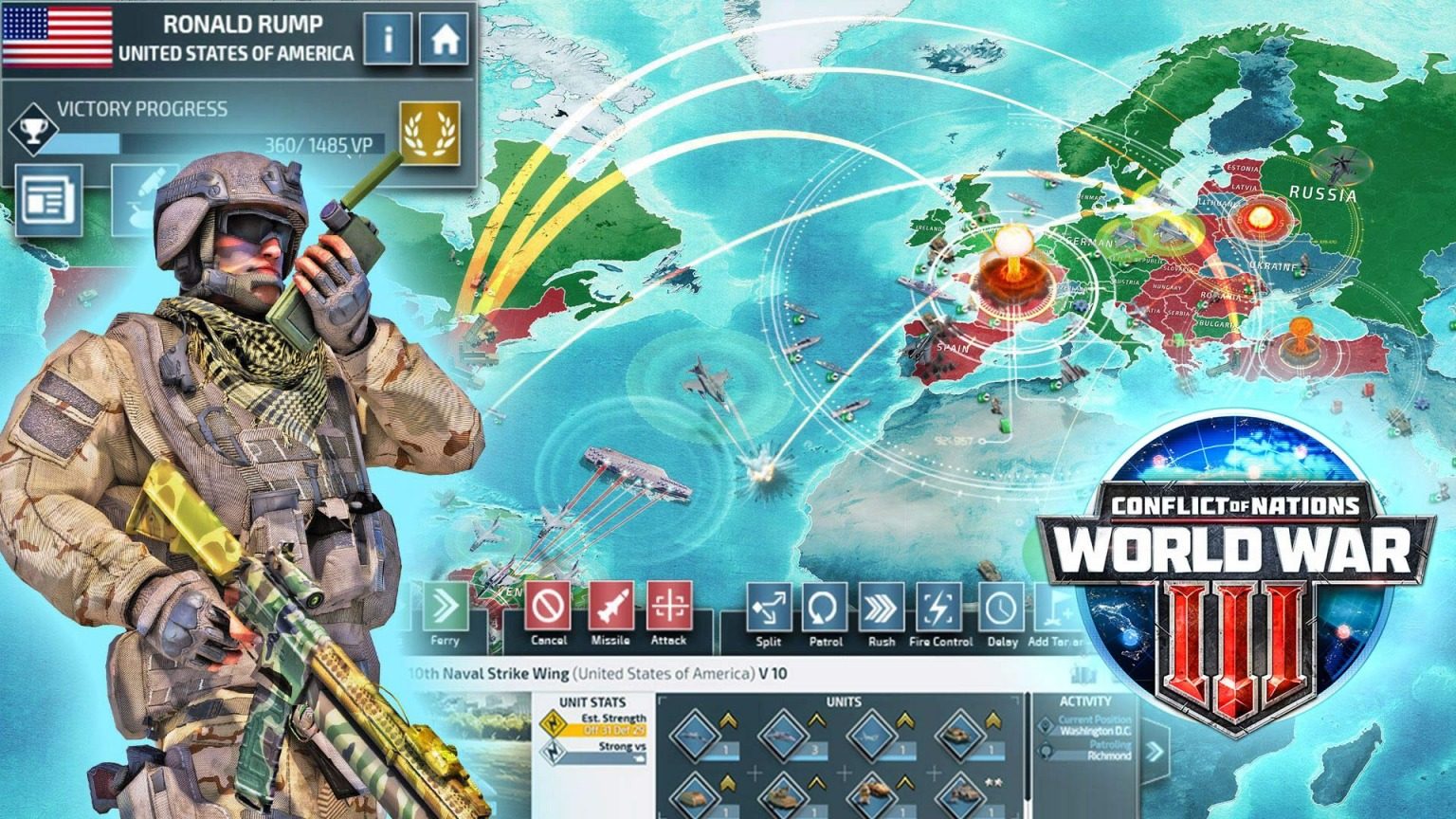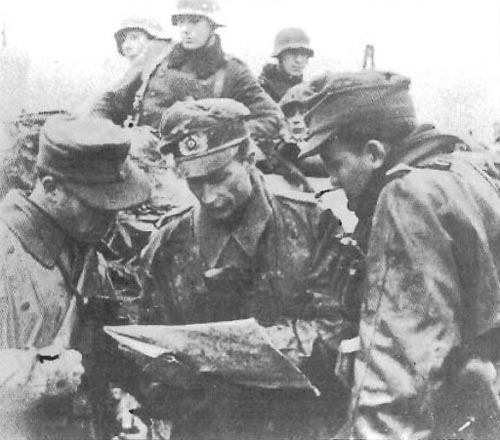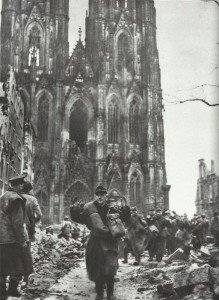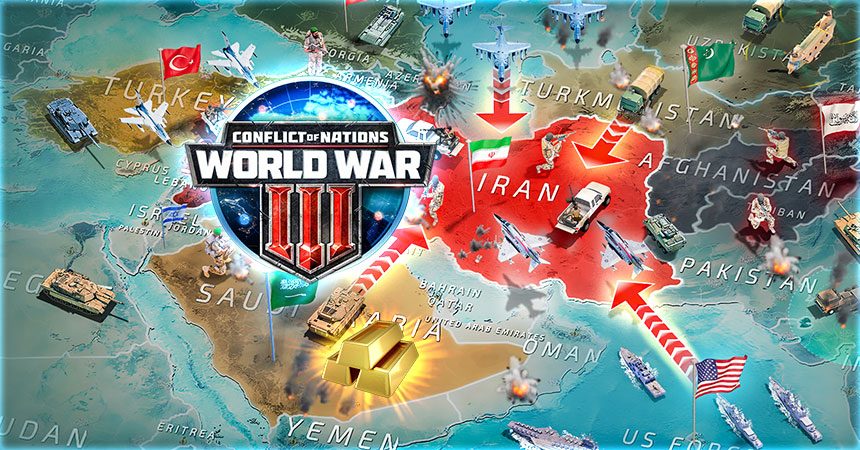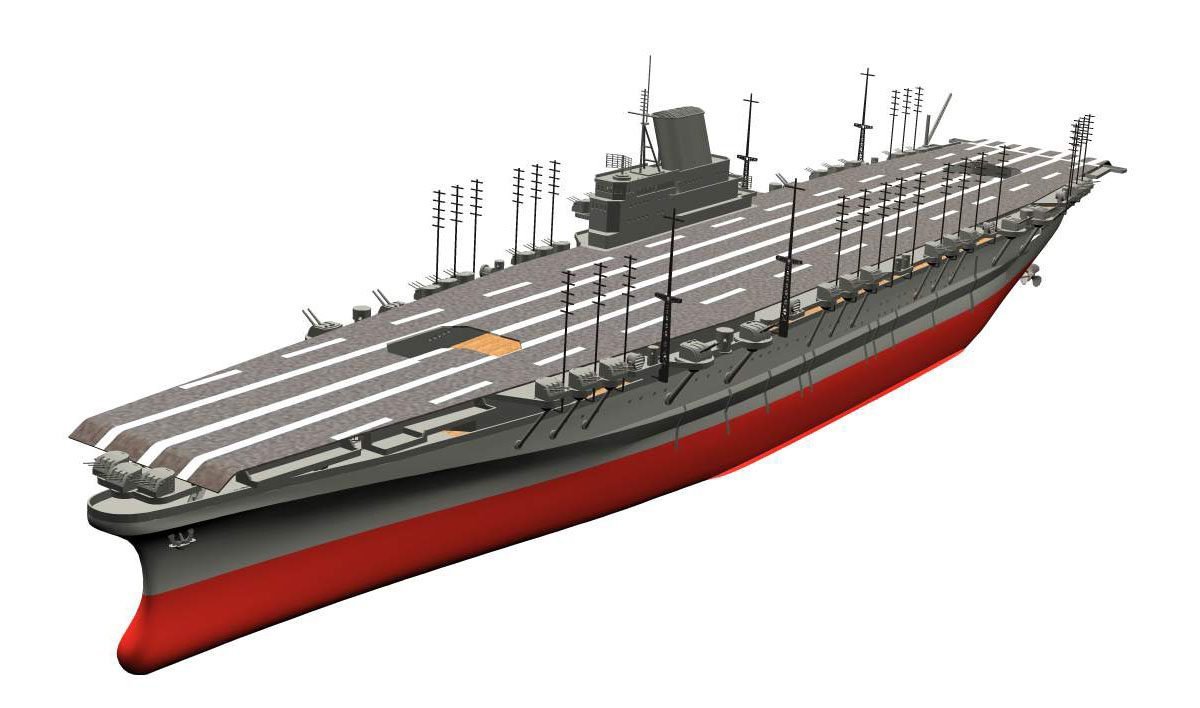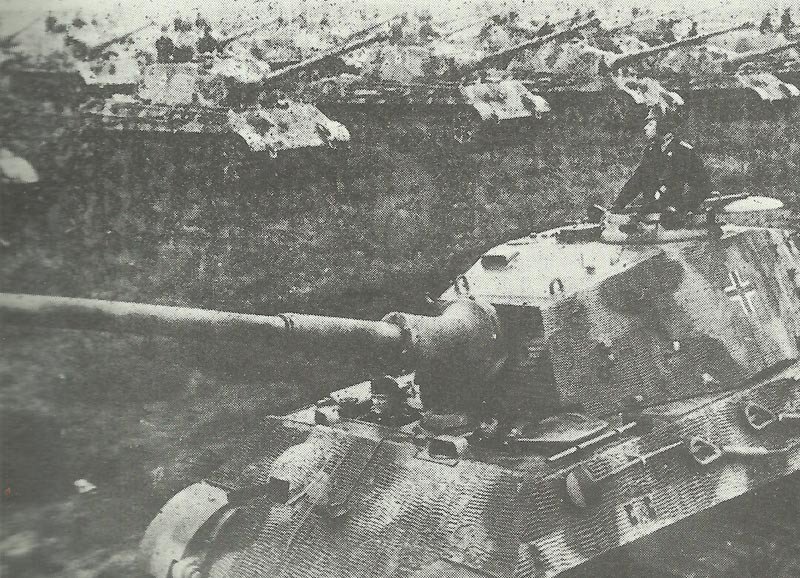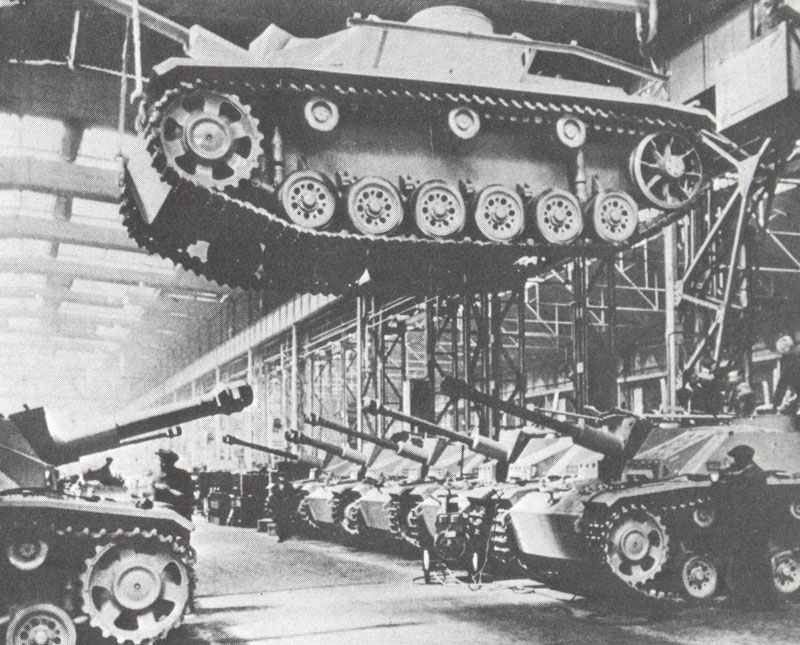German Orders of Battle from March 1, 1945 before the Allies crossed the Rhine.
Army Groups, Armies, Corps and Divisions.
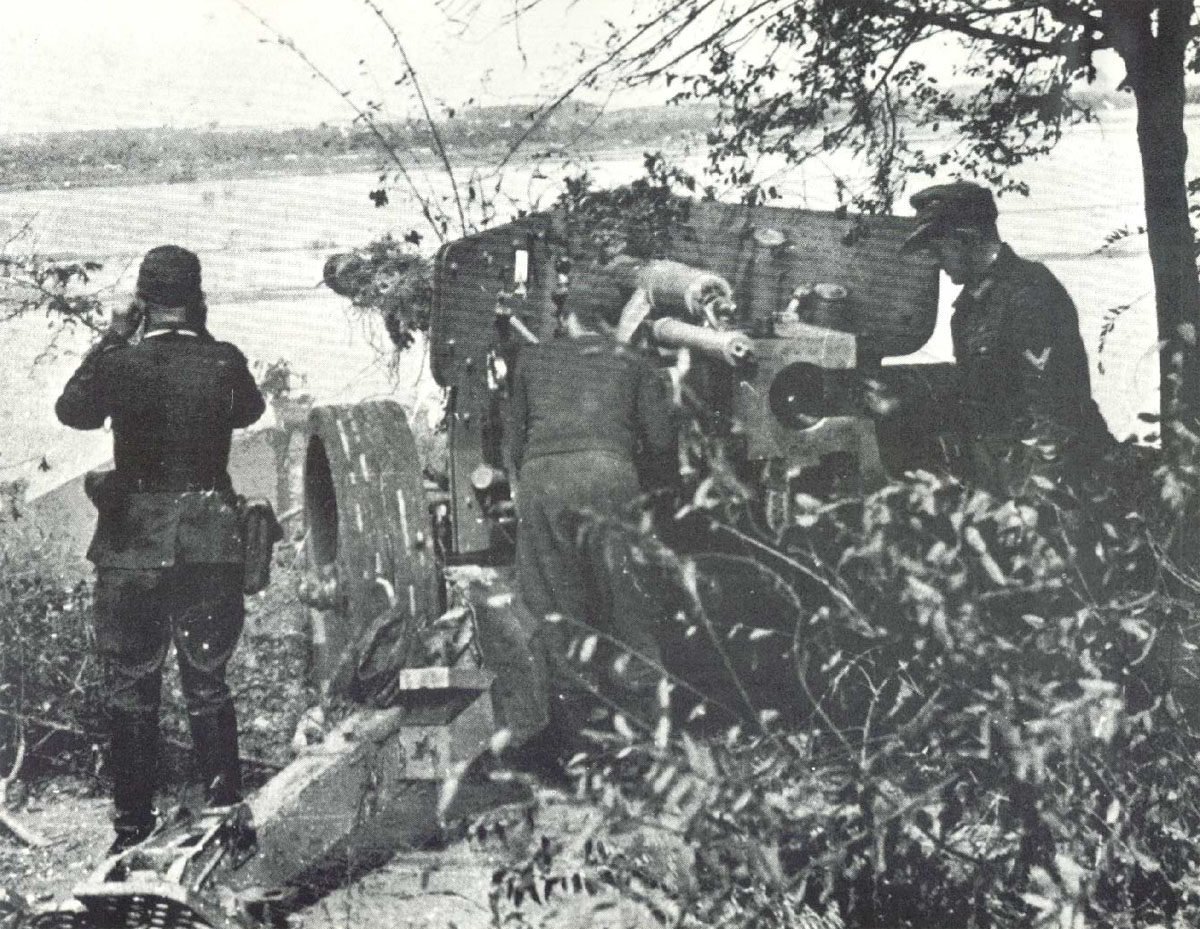
The deployment and distribution of the divisions of the Wehrmacht and subordinate units of allies on March 1, 1945.
German Orders of battle in March 1945
Table of Contents
There are:
VG Division the introduced Volks (People’s) Grenadiers Divisions.
Inf.Div. is an ordinary infantry division.
Ground based infantry division is an infantry division which is normally used as fortress or coastal defense unit and therefore has none or only few means of transport.
Panzer Div. (or Pz.Div.) is the armored (tank) division.
Panzergrenadier (or Pz.Gren.) Div is the motorized infantry division with tank elements.
Jäger are light infantry units, mainly for anti-partisan warfare.
Security divisions are units to guard rail links, supply roads, bridges and so on and were used mainly in anti-partisan warfare.
Kampfgruppen (battle groups) are the remaining battle-worthy units of worn out divisions.
zbV are units for ‘special deployment’.
Schematic layout of the German Wehrmacht from March 1, 1945
Eastern Front
Army Group F (in Yugoslavia and on Crete and Rhodes)
Army | Corps | Divisions |
|---|---|---|
Army Group E (subordinated to Army Group F) | XV Mountains | 373, 392 Croat Inf.Div. |
XXI Mountains | 7. SS-Mountain Prinz Eugen (bulk), Fortress Brigades 964, 966, 969 and 1017, battle group 369 Croat Inf.Div., 181 Inf.Div. |
|
XXXIV zbV | 22, 41 Inf.Div., elements 7 SS-Mountain Prinz Eugen, Fortress brigade 963, 117. Jäger-Div |
|
LXXXXI | Fortress brigade 967, 104 Jäger-Div., 11 Luftwaffen Field Div., 297 Inf.Div., Div. zbV Fischer |
|
(direct subordinated to Army Group F) | LXIX zbV | 1 Cossacks |
Commander Eastern Agean | Pz.Gren.-Brigade 939, Fortress Brigade 968 |
|
Commander Crete | Fortress Division Crete |
Army Group South
Army | Corps | Divisions |
|---|---|---|
Reserves | ||
2 Panzer Army (Reserves: Pz.Gren.-Brigade 92) | LXVIII | 13 SS-Mountain Handschar, 71 Inf.Div. |
XXII | 1 Mountain Div., 118 Jäger-Div, |
|
Army Group Balck (Staff 6 Army) | IV SS-Panzer | |
Group Harteneck (Staff I Cavarly Corps) | 6 Panzer-Div., 3 Cavalry-Div., 96, 711 Inf.Div., 23 Hungarian Panzer-Div. |
|
VIII Hungarian (subordinated to Group Harteneck) | battle group 1 Hungarian Cavalry Div., 4 Cavalry Div. |
|
3 Hungarian Army (subordinated to Army Group Balck) | II Hungarian | 20 Hungarian Inf.Div. |
III Panzer | 25 Hungarian Inf.Div., 1, 3 and 23 Panzer-Div. |
|
8 Army | Panzer Corps Frundsberg (IV Panzer Corps; Reserves: remnants SS-Panzer-Div. Frundsberg) | battlegroup 211 VG, remnants 13 Panzer Div., 46, 271 VG, 357 Inf.Div. |
LXXII | Group Kaiser, 8 Jäger-Div. |
|
XXIX | battle group 76 Inf.Div., 15 Inf.Div., Group General Assmann (101 Jäger-Div., 24 Hungarian Inf.Div., elements 5 Hungarian Reserve-Div.) |
Army Group Center
Army | Corps | Divisions |
|---|---|---|
Reserves | Divisional Staff zbV, 601., 602, 603 Inf.Div., Replacements Brigade Grossdeutschland, 31 SS-Volunteers Gren.Div., Panzer-Div. Jüterbog |
|
Army group Heinrici (Staff 1 Panzer Armey Reserves: 154 Inf.Div., 18 SS-Pz.Gren.Div.) | XXXXIX Mountain | battle groups 320 VG und 78 St-Div., 4 Mountain Div., elements 16 Hungarian Inf.Div. |
LIX | battle groups 544 VG and 75 Inf.Div., 68, 253 Inf.Div. |
|
XI | battlegroups 1. Ski Jäger and 344 und 371 Inf.Div., 97 Jäger-Div., elements 18 SS-Pz.Gren.Div. |
|
Corps Group Schlesien (Silesia) | battle group 168 Inf.Div., 20 Estonian Waffen-SS-Div. |
|
17 Army | VIII | 45 VG, 100 Jäger-Div., 254 Inf.Div. |
XVII | 20 Panzer-Div., battle groups 19 Panzer-Div. and 359 Inf.Div. |
|
Fortress Breslau | Div.Staff zbV 609, Fortress Commander Breslau |
|
XXXXVIII | battle groups 269 Inf.Div. and 10 Pz.Gren.Div., 208 Inf.Div. |
|
Group Nehrling (Staff XXIV Panzer Corps), subordinated to 17 Army | LVII Panzer | 408 Inf.Div., 8 Panzer-Div., Panzer-Brigade 103, Führer-Begleit-Div. |
XXXIX Panzer | battlegroups 6 VG and 17 Panzer-Div., elements 21 Panzer-Div., Führer-Grenadier-Div. |
|
4 Panzer Army (Reserves: battle group 16 Panzer-Div.) with Fortress Glogau | Panzer Corps Grossdeutschland | Div.-Staff zbV 615, bulk 21 Panzer-Div., battle groups Pz.Gren.Div. Brandenburg, 1 Fallschirm-PzDiv. Hermann Göring and 20 Pz.Gren.Div. |
V | battle groups 72 and 342 Inf.Div., 275 Inf.Div. |
|
XXXX Panzer | battle group 25 Panzer-Div., Div.-Staff Matterstock and zbV 608, SS-Brigade Dirlewanger, 35. SS-Polizei-Gren.Div., Brigade zbV 100 |
Army Group Vistula
Army | Corps | Divisions |
|---|---|---|
Reserves: Staff 11 Army | Div.-Staff zbV 610, bulk Police Div. Silesia |
|
9 Army (Reserves: 10 SS-Pz.Div. Frundsberg) | V SS-Mountain | Div.-Staff zbV 391, 32 SS-Panzer-Div. '30. Jan.', Div.-Staff Regemer (433 and 463 Inf.Div.), Fortress Frankfurt |
XI SS | 712 Inf.Div., Panzer Group Kurmark, 25 Pz.Gren.Div., Fortress Küstrin |
|
CI | Infantry Div. Berlin, Infantry Div. Döberitz, Div.-Staff zbV 606 |
|
Corps Oder (direct subordinated to the Army Group) | 1 Navy Rifle Div., Groupe Obern... (illegible in the original), Group Klessek |
|
3 Panzer Army (Reserves: bulk 33 SS-Gren.Div. Charlemagne, Pz.Div. Holstein) | Defense area Oder (deputy II Army Corps) | 9 Paratroopers Div., Group Deneke |
III SS-Panzer | 261 Inf.Div., 11 SS-Volunteers Gren.Div. Nordland, 28. SS Volunteers Gren.Div. Wallonien, Grenadiers-Group Voigt, 27 SS-Div. Langemarck, 23 SS-Pz.Gren.Div. Nederland |
|
X SS | 5 Jäger, 163 Inf.Div., Div.Staff zbV 402 |
|
Corps group Tettau | Operational Division Bärewalde, Operational Division Pommerland, elements 33 SS-Div., Latvian (Nr.1) SS-Gren.Div., remains 15 Inf.Div. |
|
2. Army (with deputy XX. Corps staff and fortress Graudenz; Reserves: Replacements-Brigade Fallschirm-Pz.Div. Hermann Göring, LV Corps staff, remains of 203 and 549 Inf.Div., bulk 547 Inf.Div.) | VII Panzer | 4 SS-Polizei-Pz.Gren.Div., 7 Panzer-Div. |
XVIII Mountain | 32, 215 Inf.Div. |
|
XXXXVI Panzer | 227, 389 Inf.Div., 4 Panzer-Div., Blocking Brigade 1 |
|
XXVII | 251 Inf.Div., ballte group 73 Inf.Div., elements 31 Inf.Div. |
|
XXIII | 542 VG, 23, 35, 83, 232, 357 Inf.Div. |
|
Corps group v Rappard | 7 Inf.Div., Group Gumpel |
Army Group North
Army | Corps | Divisions |
|---|---|---|
4 Army | Commander Frische Nehrung | Staff 129 Inf.Div. |
XXVI | 14 Inf.Div., 349 (Keets) Inf.Div., 28 Jäger-Div., 24 Panzer-Div., remnants 299 Inf.Div. |
|
VI | battle groups 61, 131, 541 Inf.Div., 18 Pz.Gren.Div., 10 Cyclists Jäger-Brigade |
|
XX | battle groups 21, 102, 292, 558 Inf.Div., Remnants 120 Inf.Div. |
|
XXXXI Panzer | battle group Hauser, Div.-Staff zbV 605, 56 Inf.Div., battle group 170 Inf.Div. |
|
Fallschirm-Panzer (paratroopers armored ) corps Hermann Göring (HG) | 2 Fallschirm-Panzer-Div. HG, Pz.Gren.Div. Grossdeutschland, 50 Inf.Div., 562 VG |
|
Fortress commander Königsberg | 367 Inf.Div., 561 VG, battle group 69 Inf.Div. |
|
Army detachment Samland (Reserves: staff XXVIII Corps, 5 Panzer-Div., battle group 1 Inf.Div.) | IX | Fortress commander Pillau (Div.-Staff zbV 607), Div.Staff 548 VG, 58, 93, 95 Inf.Div., battle group 551 VG, remnants 286 Inf.Div. |
Army Group Kurland
Army | Corps | Divisions |
|---|---|---|
Reserves | 201 Security Div., Staff Field trainings Div. Kurland |
|
18 Army with fortress commander Libau (fortress staff 52 Security Div.) | Reserves | 12, 14 Panzer-Div., battle group 121 Inf.Div. |
X | 30, 87 Inf.Div., 12 Luftwaffen field div., battle group 126 Inf.Div. |
|
I | 132, 218 Inf.Div. |
|
L | 11, 205, 225 Inf.Div. |
|
II | 263 Inf.Div., 563 VG, battle group 290 Inf.Div. |
|
16 Army | XXXVIII Panzer | 122, 329 Inf.Div. |
VI SS Volunteeres | 24 Inf.Div., 19 (Latvian No.2) SS-Grenadier-Div. |
|
XVI | 81 Inf.Div., Div. zbV 300, Staff 21 Luftwaffen field (Barth) |
|
XXXXIII | commander coast (F.K. 186), group East, Staff security div. zbV 207, group north, group northwest, fortress commander Windau, group southwest |
North
Army | Corps | Divisions |
|---|---|---|
20 Mountain Army (Wehrmacht commander Norway) | Reserves | Div.-Staff zbV 613, Staff XXXVI Mountain Corps, MG-Ski Brigade Finland, Panzer-Div. Norway |
Army detachment Narvik (Staff XIX Mountain Corps; Reserves Cyclist Recon Brigade Norway) | 6 Mountain Grenadiers Brigade 388, 270 ground based Mountain Grenadiers Brigade 193 |
|
LXXI (subordinated to Army detachment Narvik) | 210 and 230 ground based Inf.Div., fortress brigade Lofoten, battle group Div. zbV 140, Mountain-Brigade 139, 503 Grenadiers Div., 7 Mountain Div. |
|
XXXIII | 14 Luftwaffen field Div, 199, 702 Inf.Div., 295 ground based Inf.Div. |
|
LXX | 274 and 280 ground based Inf.Div., 169 Field training Div. |
|
Wehrmacht Commander Denmark | Div.-Staff zbV 614 Northern Jutland | 160, 166 Inf.Div., remnants 233 Panzer-Div. |
C-in-C West
Reserves in the West: 159, 172 Inf.Div., 245 ground based Inf.Div.
Army Group H
Army | Corps | Divisions |
|---|---|---|
25 Army (Wehrmacht commander Netherlands) | XXX | battle group 346 ground based Inf.Div. |
LXXXVIII | Staff 331 Inf.Div., bulk 2 Paratroopers Div. |
|
1 Paratroopers Army (Reserves: Commando Feldt, 13 Pz.Gren.Div., 180 Inf.Div., Panzer-Brigade 106/A) | XXXXVII Panzer | 6 Paratroopers Div., 116 Panzer-Div., 84 Inf.Div. |
II Paratroopers | 7, 8 Paratroopers Div., elements 2 Paratroopers Div. |
|
LXXXVI | 190 Inf.Div. |
|
LXIII | 406 Inf.Div., elements 176 Inf.Div. |
Army Group B
Army | Corps | Divisions |
|---|---|---|
Reserves | 62 VG |
|
15 Army | XII SS | 180 VG, 338 Inf.Div., Panzer-Lehr-Div., bulk 176 Inf.Div. |
LXXXI | 9, 11 Panzer-.Div., 59 ground based Inf.Div., 363 VG, Div-Staff 476 |
|
LVIII Panzer | 3 Pz.Gren.Div., 12 VG., 353 Inf.Div. |
|
5 Panzer Army | LXXIV | 3 Paratroopers Div., 85 Inf. Div., 272 VG |
LXVII | 89 Inf.Div., 277 VG |
|
Corps group Botsch | 18, 26 VG |
|
LXVI | 5 Paratroopers Div |
|
7 Army (Reserves: 246 VG) | LIII | 167, 340 VG, battle group 326 VG |
XIII | 79, 352 VG, 2 Panzer-Div., remnants 9 and 276 VG |
|
LXXX | 212 VG, battle group 560. VG |
Army Group G
Army | Corps | Divisions |
|---|---|---|
Reserves | 553 VG |
|
1 Army | Reserves | Wehrkreis 526 (Military district), Division Reissler |
LXXXII | 256 VG, 2 Mountain Div., 416 Inf.Div., 6. SS Mountain Div. North |
|
LXXXV | 347, 719 ground based Inf.Div., 559 VG |
|
XIII SS | 19 VG, battle group 17 SS-Panzer-Div Götz von Berlichingen |
|
LXXXX | 16, 47 VG (+ possibly further unclear VG div) |
|
LXXXIX | 257 VG., battle group Division zbV 905 |
|
19 Army | LXIV | 198, 405 Inf.Div. |
XVIII SS | Div zbV 805, Brigade 1005 |
|
Navy C-in-C West | 319 ground based Inf.Div., battle group 226 ground based Inf.Div. |
|
XXV fortress Lorient | remnants 265 ground based Inf.Div. |
Italy (C-in-C Southwest)
Army | Corps | Divisions |
|---|---|---|
Reserves | 155 Inf.Div. (under creation), 29 Pz.Gren.Div., 715. Inf.Div. (in transit) |
|
Army Liguria | LXXV | 3 Mountain., 34 Inf.Div. |
Corps Lombardia | Fortress Brigade 134 |
|
14 Army (Reserves: 114 Jäger-Div. in transit) | LI Mountain | 148 Inf.Div., 232 ground based Inf.Div. |
XIV Panzer | 65, 94, 305 Inf.Div., 8 Mountain Div. |
|
10 Army (Reserves: 90 tank destroyer Div.) | I Paratroopers | 1, 4 Paratroopers Div., 278, 334 Inf.Div. |
LXXVI Panzer | 26 Panzer-Div., 98, 362 Inf.Div., 162 Turkmen Inf.Div., 42 Jäger-Div. |
|
LXXIII zbV | Alarm units |
|
LXXXXVIII zbV | 710 Inf.Div., 188 Mountain Div., 237 ground based Inf.Div. |
Reserves:
600 Inf.div. (Münsingen), 48 Inf.div. (Military District XVII), 264 Inf.div. (Denmark), 716 ground based Inf.div. (Upper Rhine), 106 Inf.div. (Upper Rhine), 189 Inf.div. (Upper Rhine), unclear Inf.div. (Moravian Ostrava), 14 (Ukrainian No. 1) SS div. (Slovakia), 34 Waffen-SS-Brigade Nederland (Netherlands), 2 Cossack Div (Croatia), 25 (Hungarian No.2) SS-Gren.Div., 30 (Russian No.2) Waffen-SS-Div. (Grafenwöhr).
See also: Germany Army Unit Organisation 1942-45.
The Allied attack on the Rhine barrier in March 1945
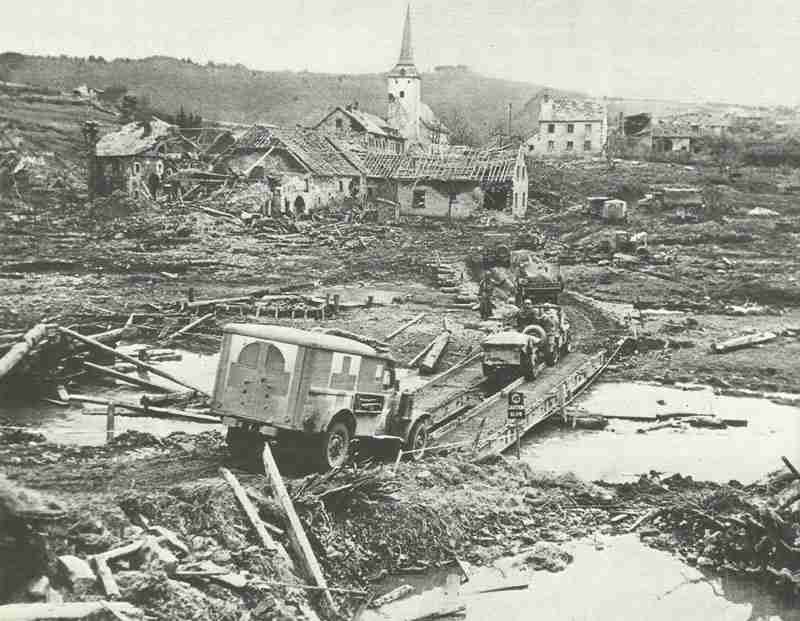
Just as the Red Army‘s offensive on the Oder came to a standstill and the Wehrmacht was preparing for another counteroffensive in Hungary, the Allies in the West also prepared to attack again. They had now cleaned up the bulge of the front caused by the German Ardennes offensive in December.
First, however, Eisenhower insisted on the removal of the German front bulge around Colmar in Alsace west of the Upper Rhine, which was to be carried out by French and American troops of General Devers’ 6th Army Group.
Behind this was the idea that Hitler, as before, was wasting his troops to defend the apron of the Rhine, leaving only a few forces for the actual line of defense on the Rhine bank.
The plan worked out and bitter fighting reached the Allies during February the Upper Rhine.
Subsequently, a series of operations were carried out, which began with the operation ‘Veritable’ in the north by British-Canadian units in the direction of Wesel. This attack coincided with an American offensive code-named ‘Grenade’ further south from the Jülich area to the northeast.
The success of these operations would seal off the Lower Rhine and then allow a major attack across the Rhine under the command of Montgomery into the German lowlands north of the Ruhr area.
Following this pincer operation, Bradley’s forces were to advance further south towards the Rhine and Moselle with Operation ‘Lumberjack’. The attack was then to continue in a south-eastern direction across the Moselle into the rear of the German forces at the Siegfried Line along the old French-German border and Luxembourg.
Although the possibility of an early crossing of the Rhine during these operations was not ruled out, Allied staffs assumed that after reaching the Rhine on a broad front, additional crossing operations would have to be carried out south of the Ruhr to enclose the industrial area together with British-Canadian troops from Montgomery further north, as well as in the direction of Frankfurt am Main.
For these plans, Montgomery’s 21st Army group was reinforced with three Canadian and two British divisions from Italy, while the Americans brought their last available division from the USA across the Atlantic.
Thus, more than 400,000 British and Canadians, 1.5 million Americans and more than 100,000 French were ready to attack Germany.
It was not until March 3rd that the American and Canadian spearheads could meet. By March 7th, Allied troops had reached the entire Lower Rhine region except for a small German bridgehead around Xanten. The German defenders now withdrew across the Rhine and blew up the bridges behind them.
Although the fighting was fierce, for the first time there were signs that the German troops were becoming increasingly demoralized, with over 50,000 prisoners falling into Allied hands.
On February 23rd, General Hodges’ army attacked southwest and pushed forward to Cologne. The Americans quickly penetrated the outskirts of the large city and turned south, into the hinterland of the German troops still standing at the German-Belgian border.
When they reached the heights above the railway bridge at Remagen on March 7, the vanguard of the American armored troops saw the bridge still intact and rushed towards it, while the Germans desperately tried to blow it up.
Ironically, the explosion caused by an American air raid in October 1944, in which a suspension bridge had fallen into the Rhine, had caused the Germans to wire the explosives of the other bridges only before the planned blowing up, so that no other similar misfortune would occur. The surprise appearance of the Americans now prevented the complete wiring of the explosives and so the bridge fell into their hands with only minor damage.
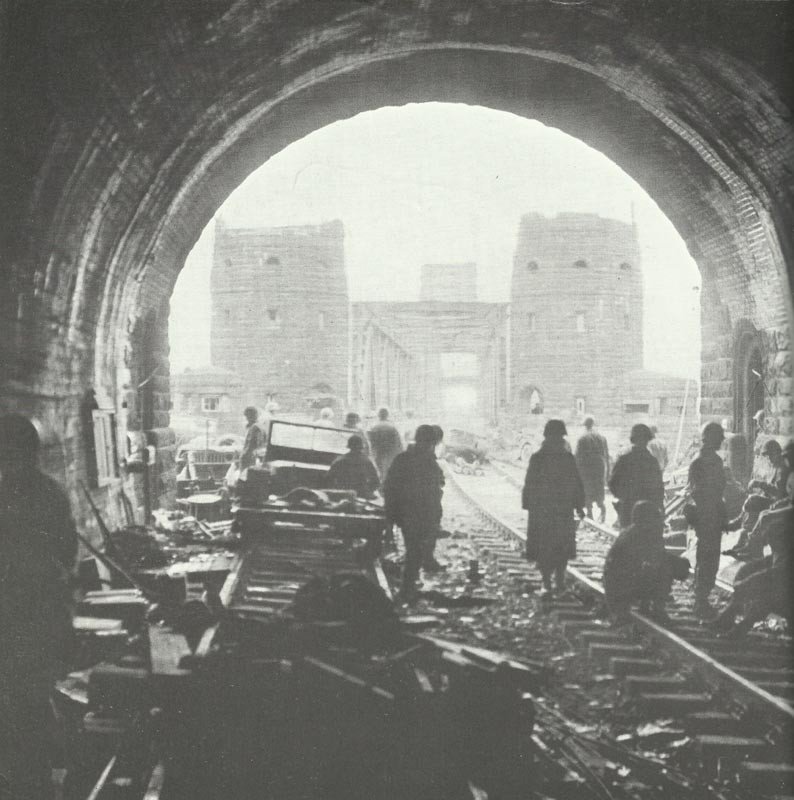
With the approval of Bradley and Eisenhower, Hodges quickly ordered all available American forces across the river and established a bridgehead on the eastern bank of the Rhine against desperate German counterattacks. In addition, he had pontoon bridges built next to the railway bridge, which had been weakened by the blasting attempt, and which then collapsed after some time due to bombs and artillery fire. Thus, the last and most powerful barrier in the west of Germany had been broken through.
At this point Patton’s 3rd US Army had pushed the Germans back to the Moselle on the right flank of the German 1st Army and continued to penetrate across this river into the rear area of the German forces, which were facing an attack by the 7th US Army of the southern 6th Army group.
When the German commander in chief in the west, von Rundstedt, wanted to withdraw these units across the Rhine, Hitler replaced him with Field Marshal Albert Kesselring, who had so successfully delayed the Allied attacks in Italy.
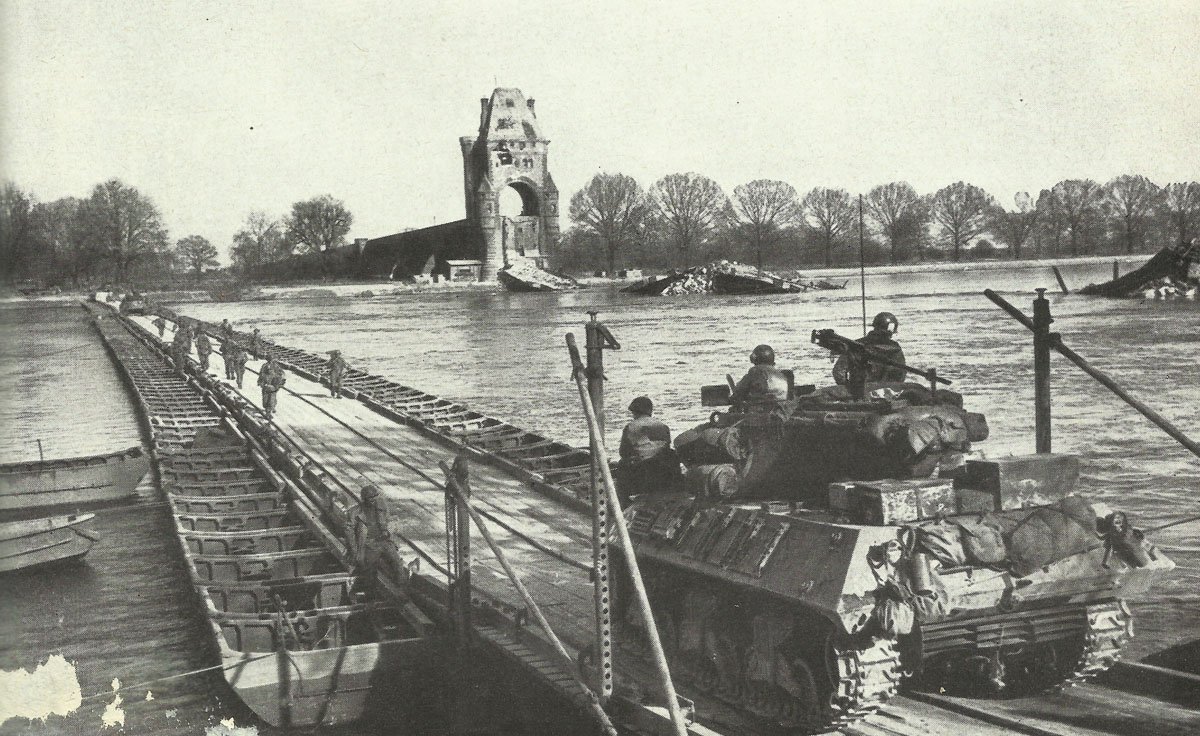
However, this did not change the fact that Patton’s 3rd US Army tore the German Army Group G apart and took numerous prisoners. On 21 March 1945 he also reached the Rhine near Oppenheim and crossed the river towards the end of the following day.
Before Montgomery’s great attack on the eastern bank of the Rhine in the north even began, the Americans had already crossed the river in two places. And the French also managed to cross the Upper Rhine already on March 19.
The Allied operations had been supported both by the massive deployment of tactical air support and by continued heavy attacks on German oil, transport and industrial targets.
At the Yalta Conference, the Russians had asked for major attacks by Western Allied air forces on cities behind the Eastern Front. This request coincided with British plans for massive bombing to disrupt German defenses in the East in support of the next Soviet offensive. As a result, in February and March 1945 there were very heavy air raids on German cities such as Berlin and Dresden, with massive fires and destruction in Berlin and the firestorm in Dresden.
At the end of March 1945, Churchill, who had been a strong supporter of area bombing until then, began to change his views on this issue. But by then enormous destruction had been caused by the air fleets of British and American bombers, which had now reached their numerical peak during the Second World War and, together with their fighter protection, simply swept away any remaining German air defense.
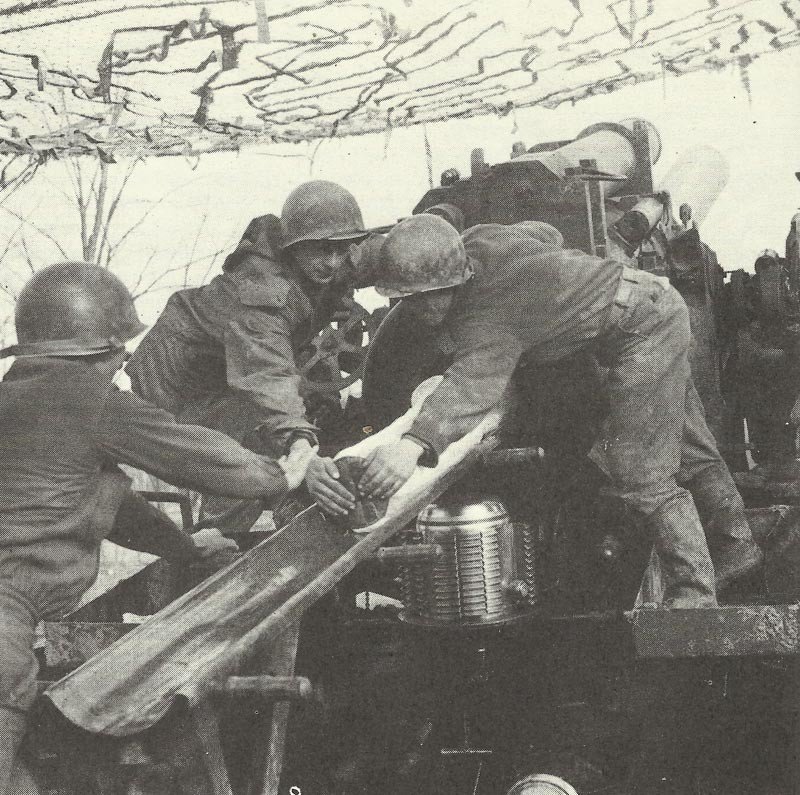
In the meantime, Montgomery’s preparations for the Rhine crossing were almost complete with Operation ‘Plunder’, which he had first attempted in October 1944, when the failure to take the last bridge from Arnhem prevented this.
Montgomery had forbidden General Simpson, the commander of the American 9th Army temporarily assigned to him, to attempt a surprise attack across the Rhine in early March. Apparently the British Field Marshal had become extremely cautious after the failure of the preceding daring attempt at Arnhem.
Having underestimated the German resistance to operations ‘Veritable’ and ‘Grenade’, he does not seem to have realized that the Germans had used up most of their resources in the West before the Allies had even reached the Rhine. For since the beginning of February the Allies had captured almost 300,000 German soldiers and the German troops in the West had lost another 60,000 battle casualties.
As the date for the crossing approached – and Montgomery was still thinking about possible postponements if the weather did not play along – most of the few German reserves that remained had been sent south to contain the American bridgehead near Remagen, which had been established two weeks earlier.
But with the help of an enormous preparatory fire from the artillery, strong support from the Navy, a massive aerial bombardment and an air landing by two Allied paratrooper divisions behind the eastern bank of the Rhine near Wesel, the major operation succeeded as planned on 23 and 24 March. Churchill, Brooke and Eisenhower personally observed the British leaded crossing of the Rhine.
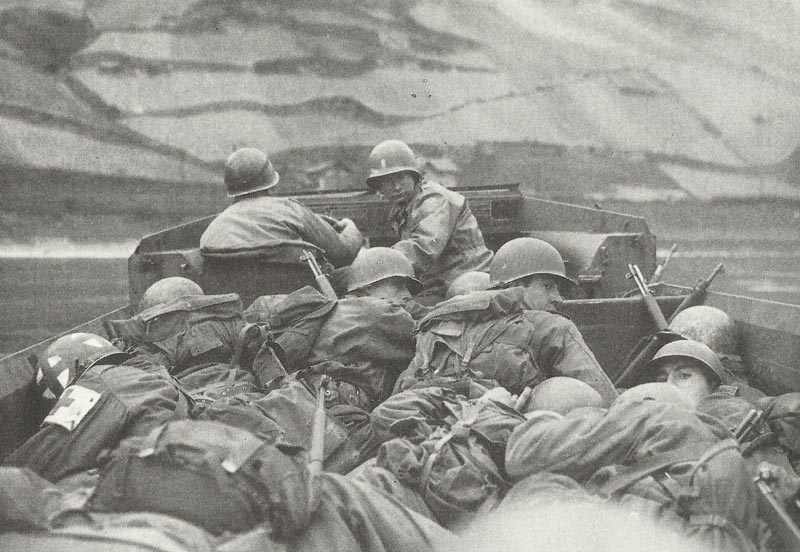
The attack succeeded quickly and, apart from the heavy losses suffered by the British and American airborne divisions, quite easily. The German resistance was only sporadic and in some places fierce, in others almost non-existent.
Pontoon bridges were quickly built and within a few days the British 2nd and the American 9th Army were across the river in great strength.
As Montgomery pointed out in his order of 28 March for the 21st Army Group, the enemy was effectively finished: ‘There are no new or complete divisions in the hinterland and the enemy will only be able to block roads and accesses to schools, swimming pools, pigeonries and things like this’.
References and literature
World War II – A Statistical Survey (John Ellis)
A World at Arms – A Global History of World War II (Gerhard L. Weinberg)
Der Grosse Atlas zum II. Weltkrieg (Peter Young)
Kriegstagebuch des Oberkommandos der Wehrmacht, Band 1-8 (Percy E. Schramm)


